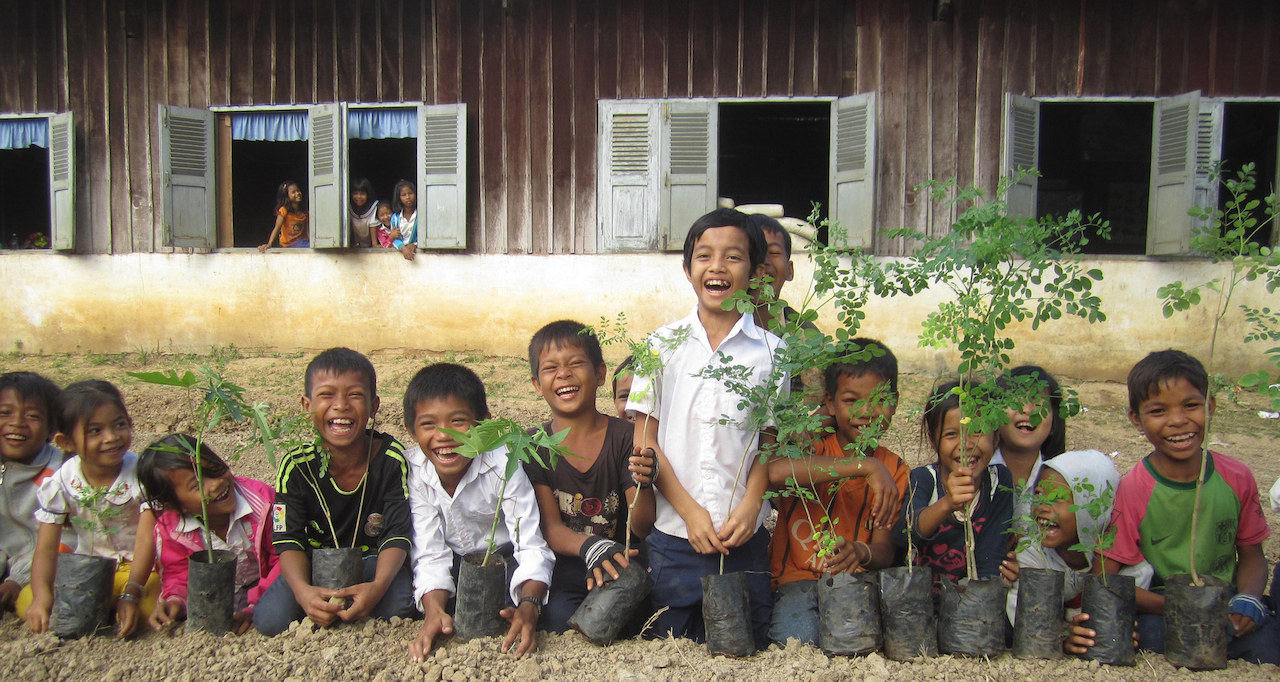
Cambodia
Overview
Cambodia is in its third decade of peace and economic growth and has made great strides in increasing access to improved water and sanitation. From 2000 to 2015, the proportion of Cambodians using an improved water source grew from 53 to 75 percent, while basic sanitation coverage in urban areas grew from 49 percent in 2000 to 88 percent in 2015. However, as of 2015 only 39 percent of the rural population had basic sanitation and 24 percent of drinking water came from a safely managed source. In addition, rapid deforestation contributing to watershed instability in the Mekong river basin, threatening agriculture and exacerbating the risks of floods and droughts.
USAID is working across development sectors to help Cambodia address its water issues. As part of its food security activities, USAID is working to improve access to drinking water for at least 100,000 people in 30 communities by 2022. In the environment sector, USAID is helping Cambodia enact governance reforms to manage watersheds and protected areas. Basic education programs include the promotion of schools with clean water and gender-appropriate sanitation facilities. To ensure the long-term sustainability of these activities, USAID is also helping close gaps in financing for universal water supply and sanitation services by connecting water operators to the local commercial banking sector.


